The 2018 film Alpha offers a captivating glimpse into the lives of humans during the last Ice Age and the profound connections forged with their canine companions. The narrative centers around Keda, a young man embarking on his inaugural hunting expedition with his father. What begins as a rite of passage quickly escalates into a harrowing adventure when Keda falls from a cliff amidst a stampede of steppe bison. Believed dead by his father, Keda must navigate the wilderness alone, forging an unlikely alliance with a wolf he names Alpha.
Although Alpha initially received positive reviews, it did not achieve widespread attention during its release in 2018. However, the film has experienced a resurgence in popularity on Netflix, captivating a new audience with its stunning visuals and heartfelt character moments. One of the film’s most remarkable aspects, although unseen by viewers, is the unique language portrayed through the dialogue, which is entirely fictional yet crafted to enhance the authenticity of the narrative.
Crafting a Fictional Language for Alpha
The Creation of Beama: A Linguistic Marvel
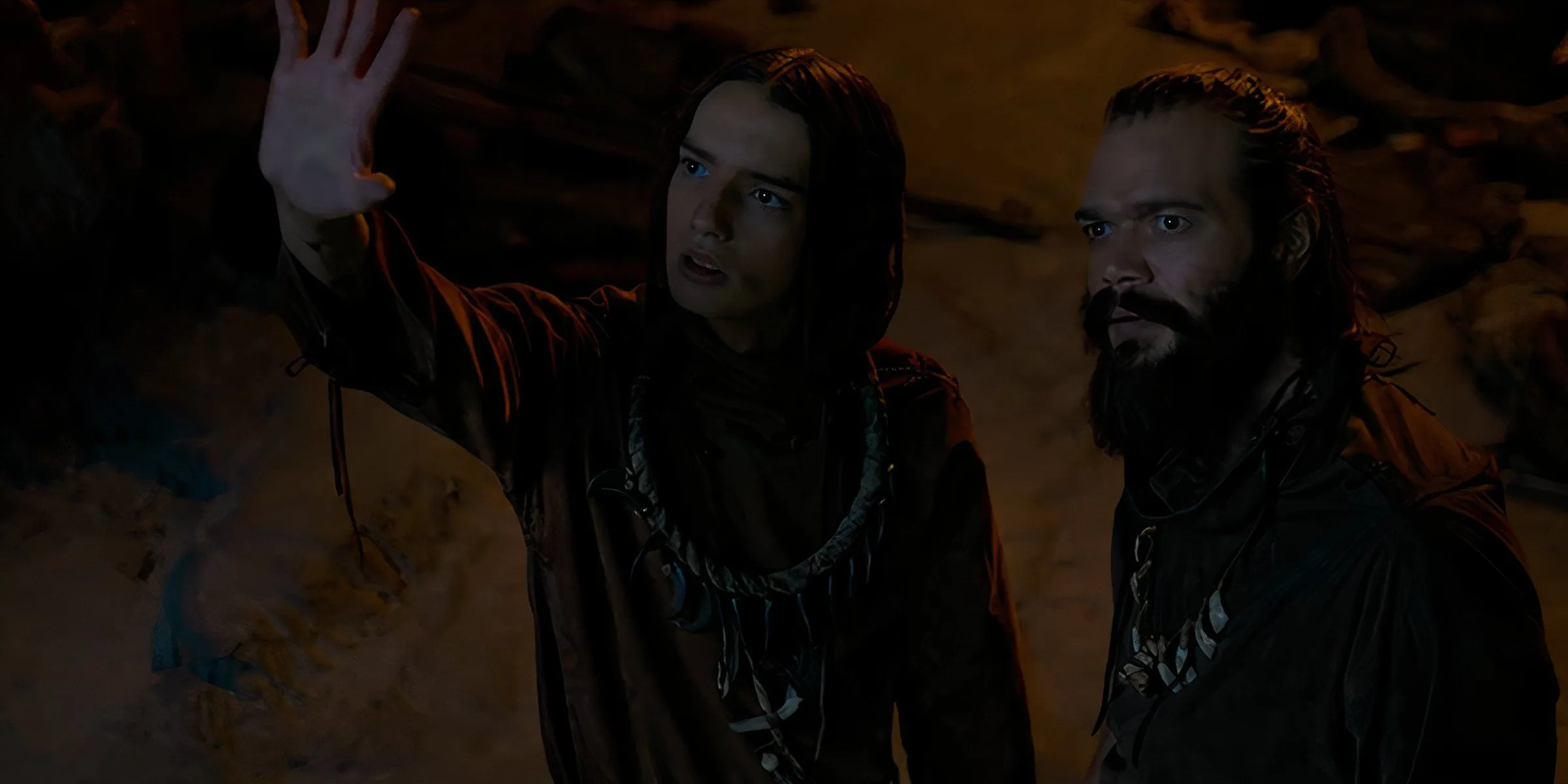
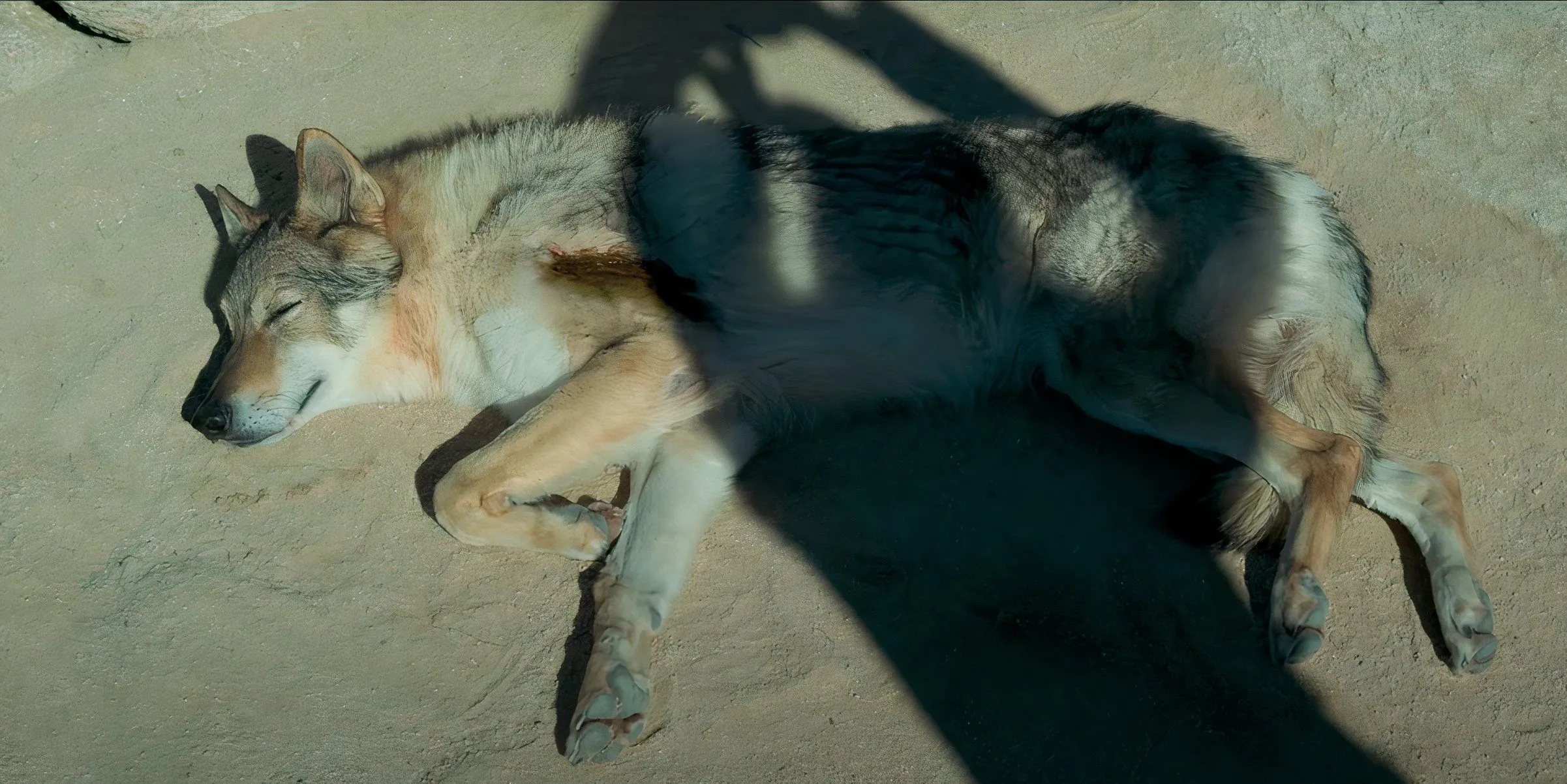
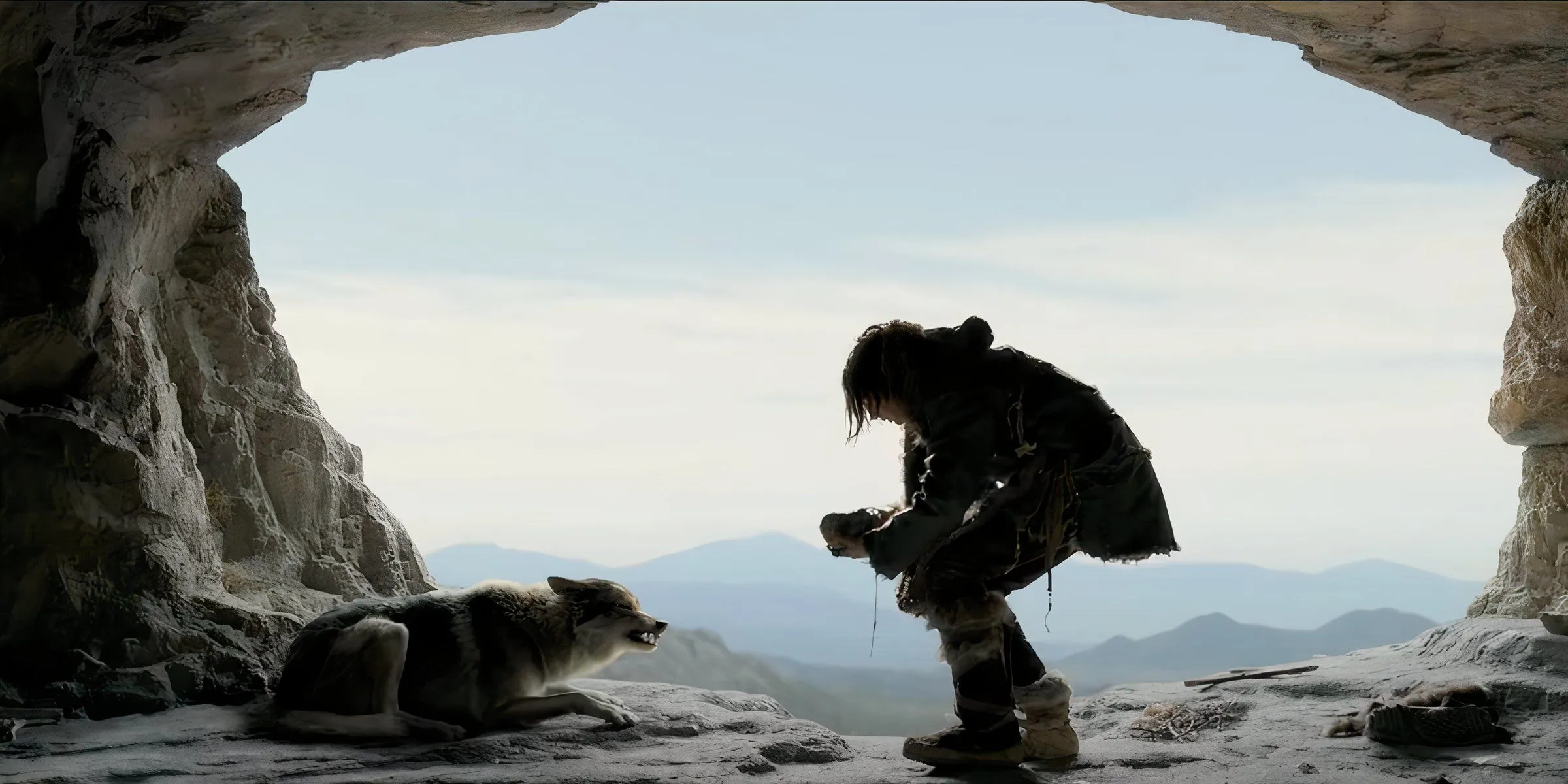
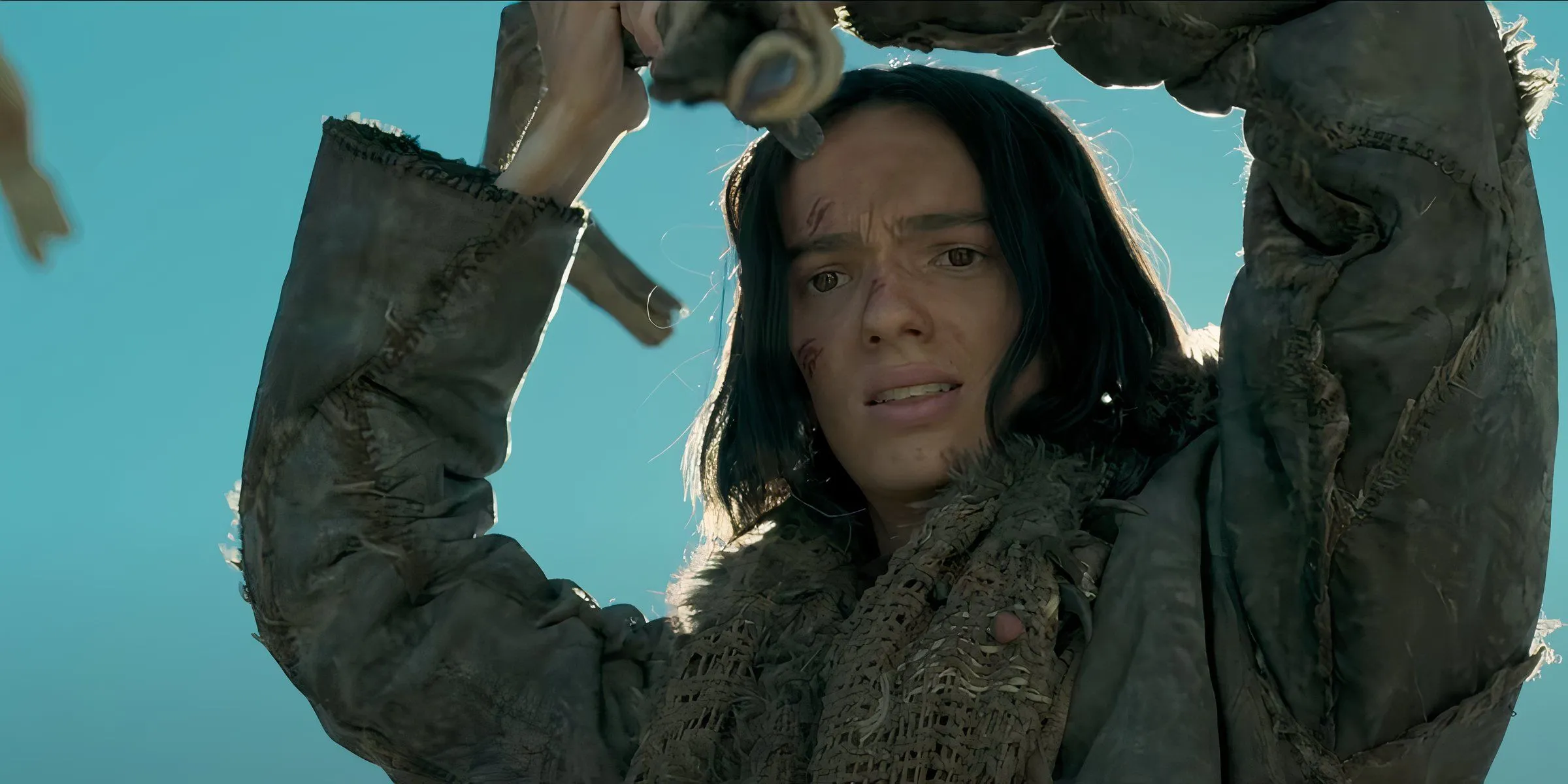
The spoken language in Alpha is a creation known as Beama, developed by linguistic anthropologist Christine Schreyer from the University of British Columbia. Collaborating with the film’s producers, Schreyer crafted this language to resonate with characters from 20,000 years ago, a challenging task given the scant evidence available to modern researchers (via UBC News).
With extensive experience in language creation for cinematic projects, Schreyer was well-suited for this endeavor. Prior to Alpha, she had created the Kryptonian language for the 2013 film Man of Steel, and she contributed linguistic elements to the 2017 reboot of Power Rangers. Notably, her work extends beyond fictional languages; Schreyer has also actively aided in revitalizing real indigenous languages, showcasing her expertise in both realms. With such a background, it’s no wonder that the language in Alpha feels authentic and well-constructed.
Insights into Beama’s Linguistic Inspiration
Drawing from Proto-Languages to Craft Beama

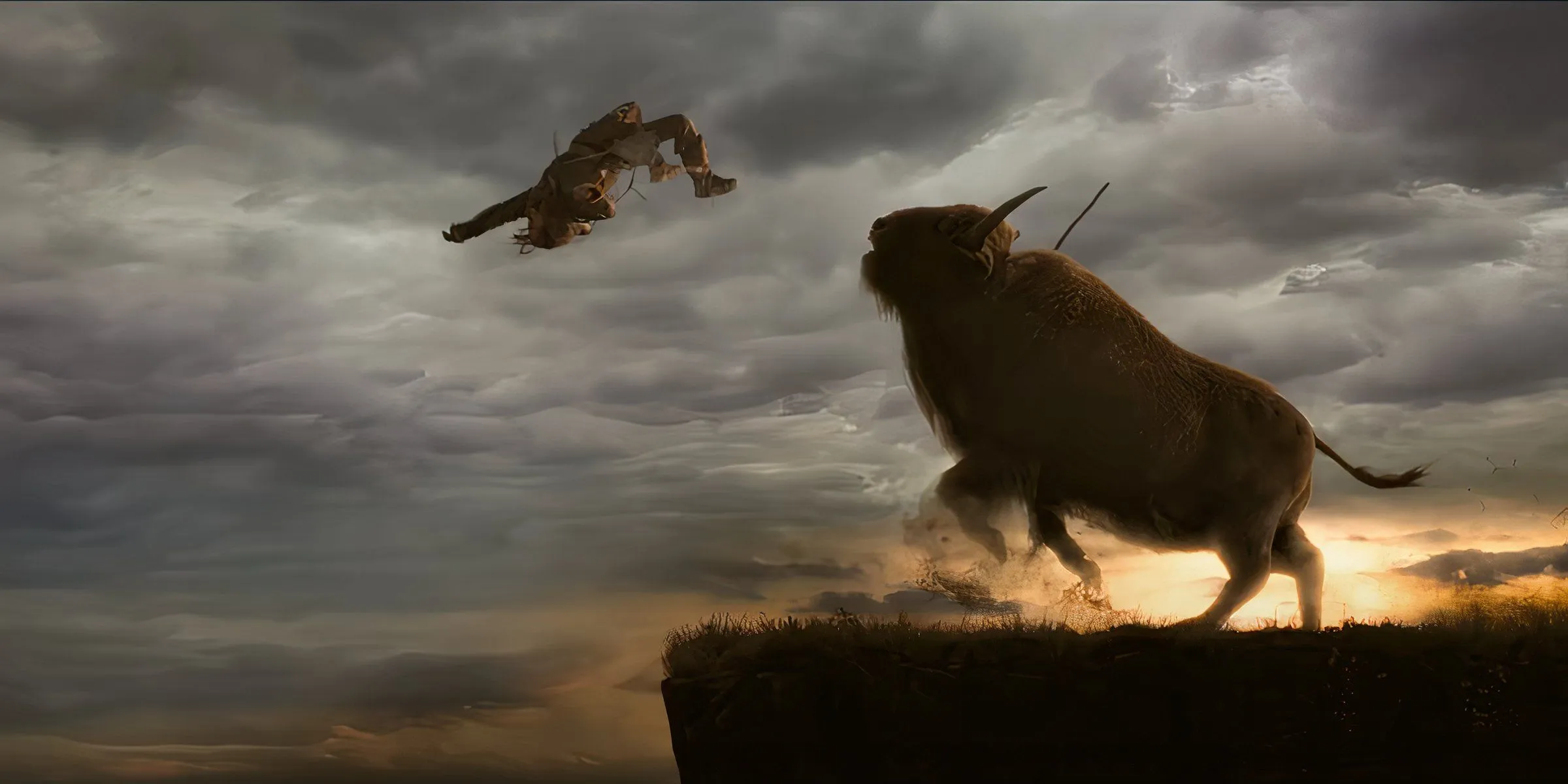
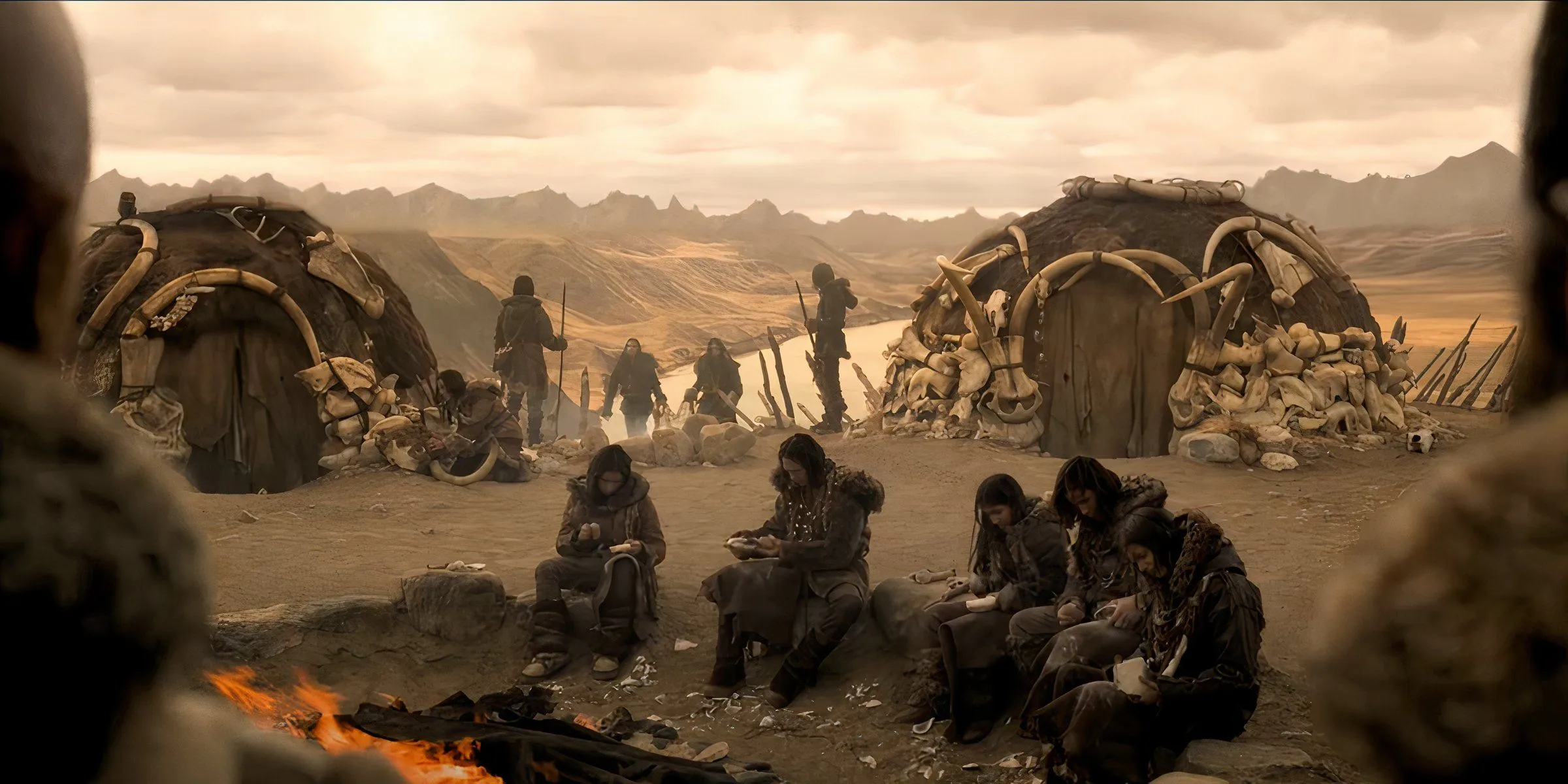
Schreyer described her creative process as one of reconstructing sound patterns from related languages, effectively ‘estimating them back in time.’ By utilizing elements from known proto-languages, she developed Beama to not only sound realistic but also to provide a linguistic framework that actors could follow comfortably. This thoughtful integration allows viewers to gradually familiarize themselves with the language’s rhythms and patterns as the plot unfolds. The meticulous effort put into developing Beama truly enhances the immersive experience of Alpha, illustrating that such creative commitments can yield magnificent results.
For further insights, explore UBC News’ article on this intriguing linguistic venture: UBC News.


